Greater Yellowlegs
Posted: Sun Feb 10, 2013 5:11 pm
906. Greater Yellowlegs Tringa melanoleuca (Grootgeelpootruiter)
Order: Charadriiformes. Family: Scolopacidae
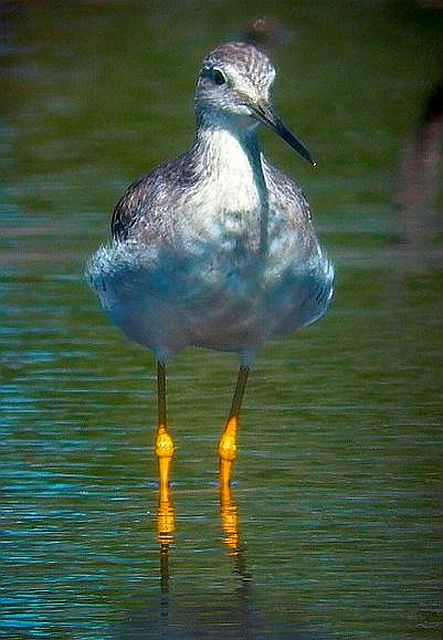
Description
29-33 cm. The Greater Yellowlegs' cryptic plumage is mottled brownish-gray and white, lightly streaked or barred breast and belly, with the breeding plumage brighter and more heavily barred. Long, slim, slightly upturned bill; long yellow legs.
Occurs in non-breeding plumage.
Similar species: Slightly smaller than Common Greenshank but less upcurve on bill, it has orange-yellow (not yellow or greenish yellow) legs and a square white rump that does not extend up the back. Larger than the Lesser Yellowlegs with longer, Greenshank-like bill and orange-yellow (not lemon-yellow) legs.
Distribution
Breeds from southern Alaska to Canada, heading south in the non-breeding season to the USA and South America, while it is a vagrant to Europe, Japan and South Africa. Here it has only been recorded once at Noordhoek, Western Cape in December 1971; it generally prefers coastal and inland wetlands.
Habitat
Freshwater marshes and estuaries.
Diet
It does most of its foraging in shallow to fairly deep water, plucking up prey and sometimes chasing fish with its head and neck extended.
Breeding
Their breeding habitat is bogs and marshes in the boreal forest region of Canada and Alaska. They nest on the ground, usually in well-hidden locations near water. The clutch size is three to four eggs. The incubation period is 23 days. The young leave the nest within 24 hours of hatching and then leave the vicinity of the nest within two days.
Call
Listen to Bird Call.
Status
Very rare vagrant to the sub-region.
Order: Charadriiformes. Family: Scolopacidae

Description
29-33 cm. The Greater Yellowlegs' cryptic plumage is mottled brownish-gray and white, lightly streaked or barred breast and belly, with the breeding plumage brighter and more heavily barred. Long, slim, slightly upturned bill; long yellow legs.
Occurs in non-breeding plumage.
Similar species: Slightly smaller than Common Greenshank but less upcurve on bill, it has orange-yellow (not yellow or greenish yellow) legs and a square white rump that does not extend up the back. Larger than the Lesser Yellowlegs with longer, Greenshank-like bill and orange-yellow (not lemon-yellow) legs.
Distribution
Breeds from southern Alaska to Canada, heading south in the non-breeding season to the USA and South America, while it is a vagrant to Europe, Japan and South Africa. Here it has only been recorded once at Noordhoek, Western Cape in December 1971; it generally prefers coastal and inland wetlands.
Habitat
Freshwater marshes and estuaries.
Diet
It does most of its foraging in shallow to fairly deep water, plucking up prey and sometimes chasing fish with its head and neck extended.
Breeding
Their breeding habitat is bogs and marshes in the boreal forest region of Canada and Alaska. They nest on the ground, usually in well-hidden locations near water. The clutch size is three to four eggs. The incubation period is 23 days. The young leave the nest within 24 hours of hatching and then leave the vicinity of the nest within two days.
Call
Listen to Bird Call.
Status
Very rare vagrant to the sub-region.
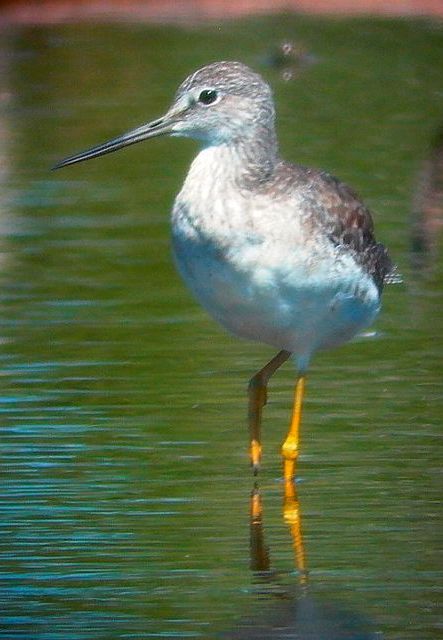
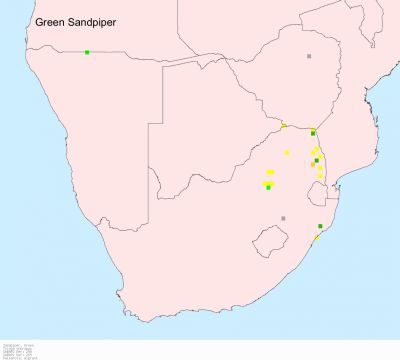
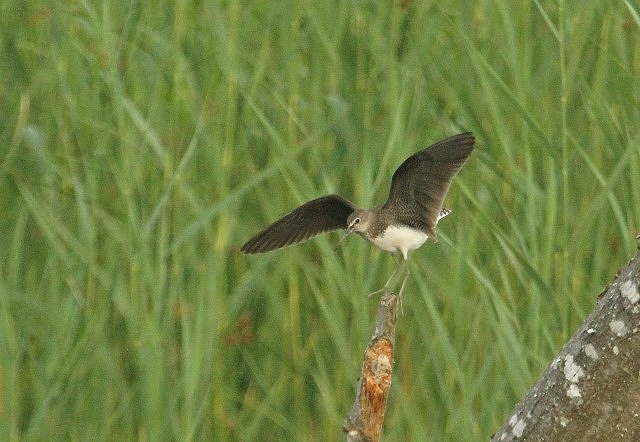 © nan
© nan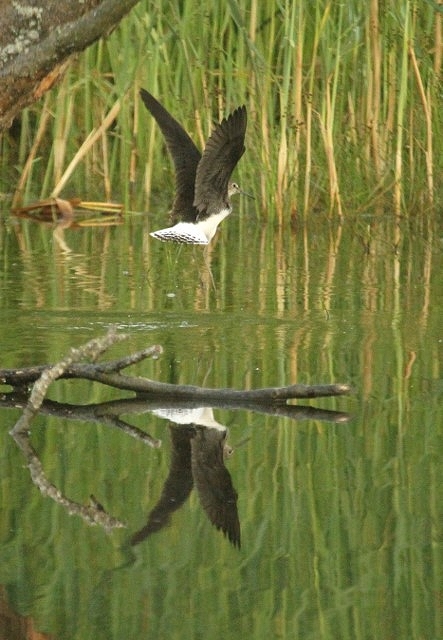 © nan
© nan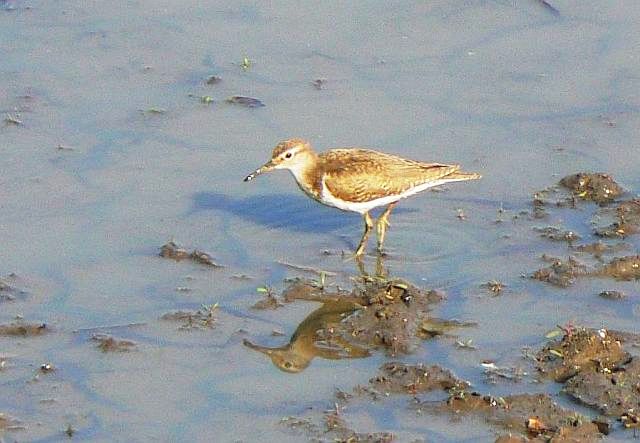 © Toko
© Toko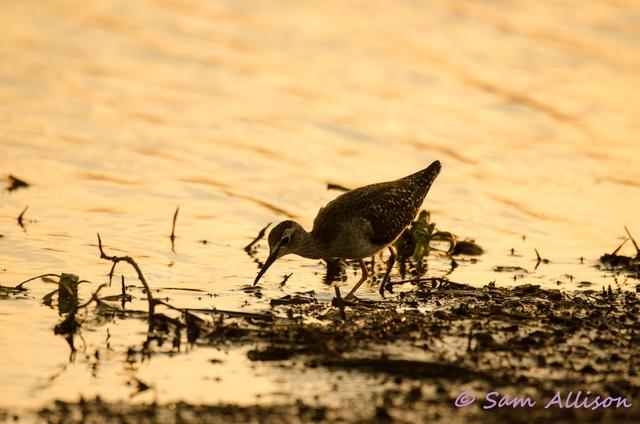 © SammyA
© SammyA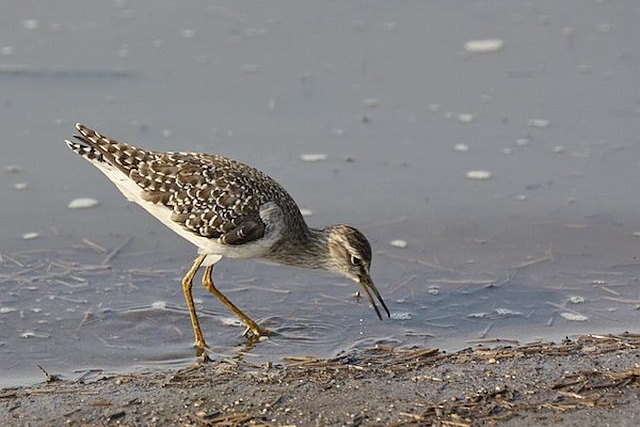 © ExFmem
© ExFmem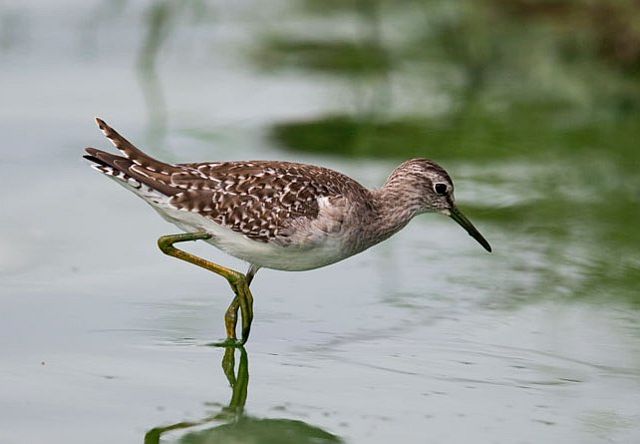 © Pumbaa & Timon
© Pumbaa & Timon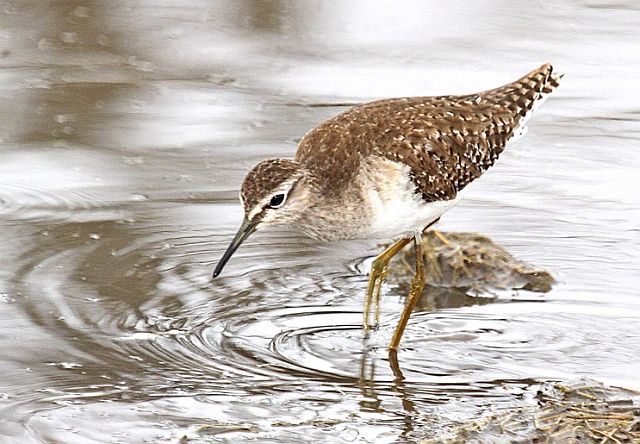 © leachy
© leachy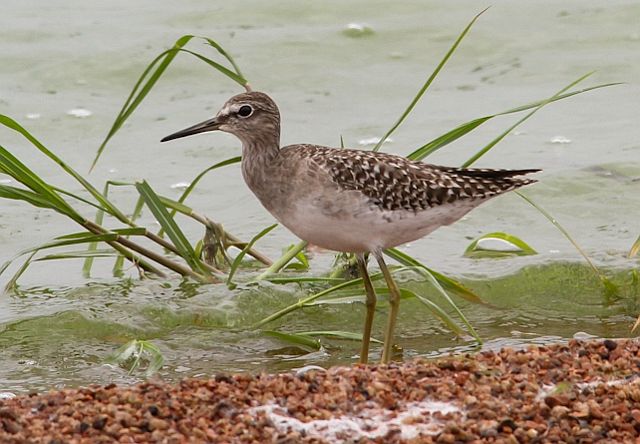 © Super Mongoose
© Super Mongoose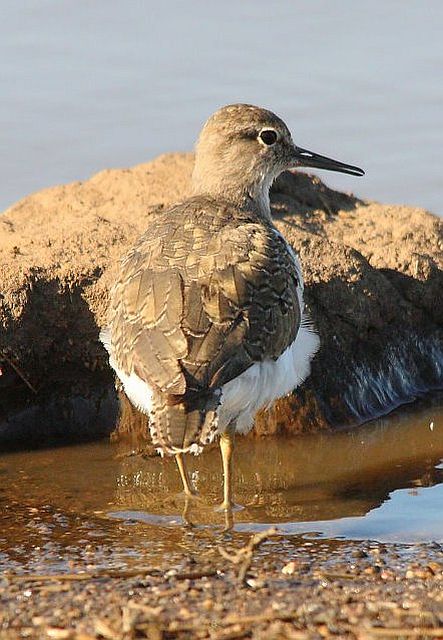 © Flutterby
© Flutterby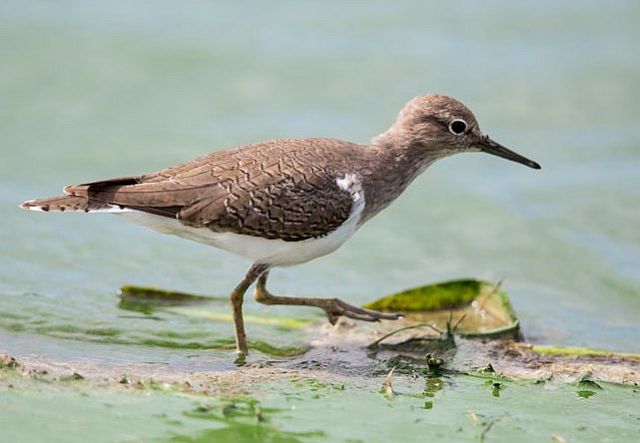 © Pumbaa
© Pumbaa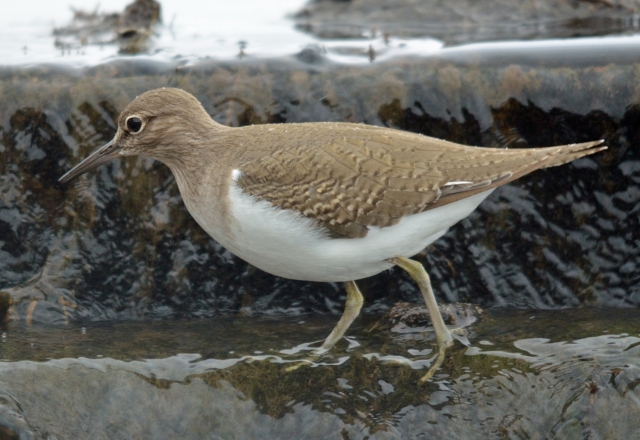 © BluTuna
© BluTuna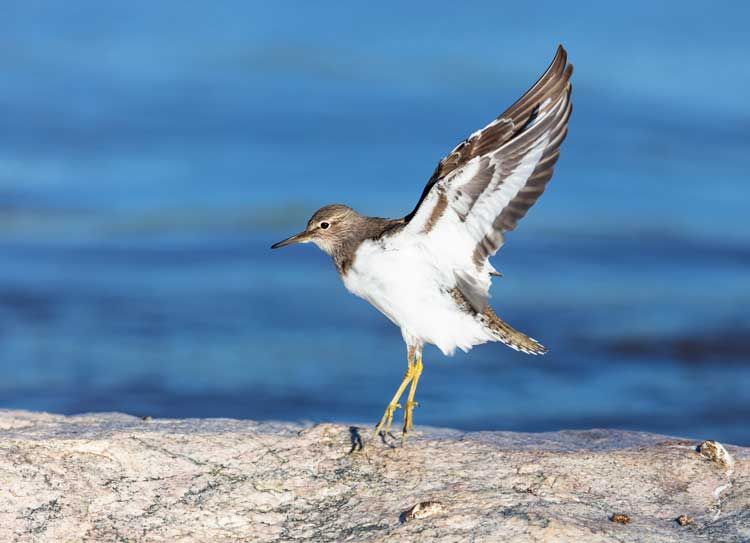 © Pumbaa
© Pumbaa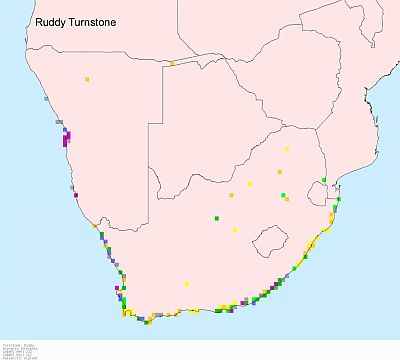
 © Flutterby
© Flutterby © Pumbaa
© Pumbaa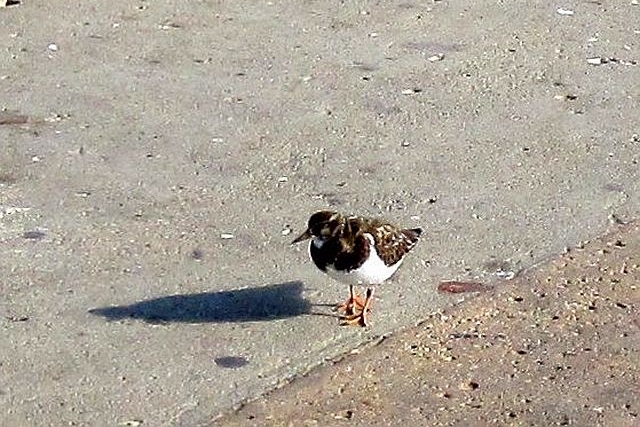 © Lisbeth
© Lisbeth